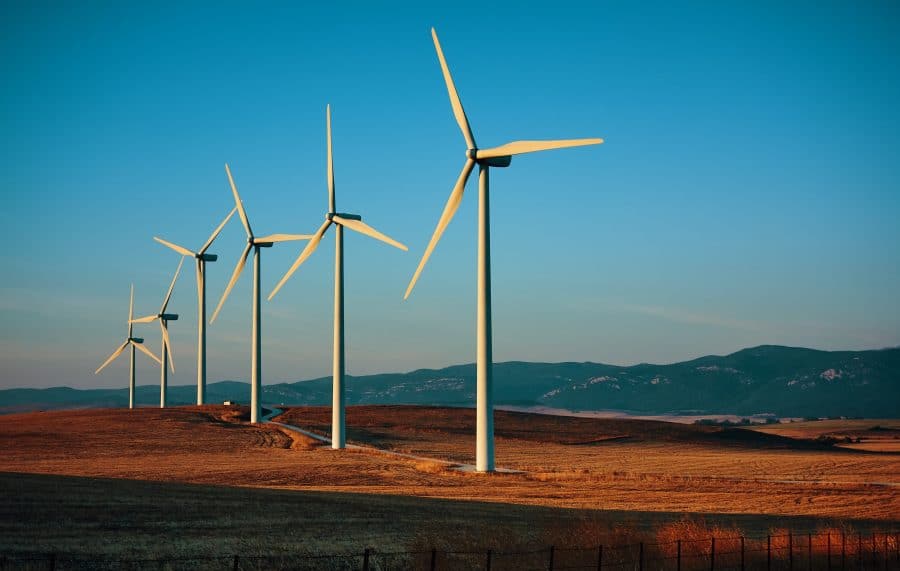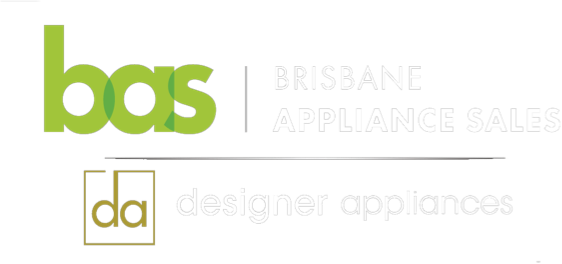For more than three decades, the energy label program has been a government regulated tool for comparing the energy efficiency of products. As a consumer, you can use this label to determine how energy efficient a particular appliance is based on the number of stars on the label. You can then decide whether or not to invest in the product or to find an alternative with a higher rating.

What Does The Rating Mean?
In the simplest terms possible, the number of stars relates to how energy efficient a product is compared to other models that are the same size. The more stars that are present on the label, the more efficient the product is compared to the competition. Therefore, if you’re looking at two toaster ovens and one has four stars and the other five stars, then the second option is considered more efficient.
It’s important to remember that the rating only relates to the product’s efficiency compared to similar size models of the same product. A washing machine with a rating of 6 is not necessarily more energy efficient than a toaster with a rating of 4.
The standard system for rating has been between 1 and six stars for a long time. That system is changing as new and more efficient products hit the market. It’s now possible for any appliance to have up to ten stars.
Knowing which product is more energy efficient is a great way to make a purchasing decision. But what does it mean when one product is considered more efficient? How is energy efficiency measured?
The Measurement Of Energy Efficiency
Energy efficiency is determined by the energy consumption of a particular appliance compared to the energy consumption of similar appliances at the same size. The energy consumption of any given product is determined using a regulated and standardised testing system that is the same for every product tested in Australia and New Zealand.
Energy consumption is typically represented as kWh per year. If one appliance uses 300 kWh per year and the second appliance of the same size uses 400 kWh per year, then the first appliance is more efficient and will have a higher star rating.
The energy consumption of each appliance is labelled beneath the star rating. This has the added benefit of allowing you to compare appliances of different sizes. For example, you can compare the energy consumption of a very small toaster to that of a very large toaster. You would not be able to compare their star label efficiency because of the differences in size, but you can still compare how much energy they consume each year and use that information to help you make a purchase.
The Queensland Government Energy Efficient Rebate
The Queensland government is offering a monetary rebate for homeowners who purchase certain appliances that have a 4-star rating or higher. There is a $200 rebate for a 4 star or higher washing machine, a $250 rebate for a refrigerator, and a $300 rebate for an air conditioner. The rebate is the same whether the product is rated four stars or 10 stars. Each house can apply for only one rebate.
You may apply for the rebate using the Queensland government website. There are certain terms and conditions of the rebate that you must meet to be eligible. For example, you must submit your application within 30 days of purchasing the appliance. The appliance must have been purchased on or after January 1, 2018.
If you haven’t already purchased one of the appliances eligible for the rebate, then now is the time. Visit www.brisbaneappliance.com to view a large selection of energy efficient products available in Australia and New Zealand.
